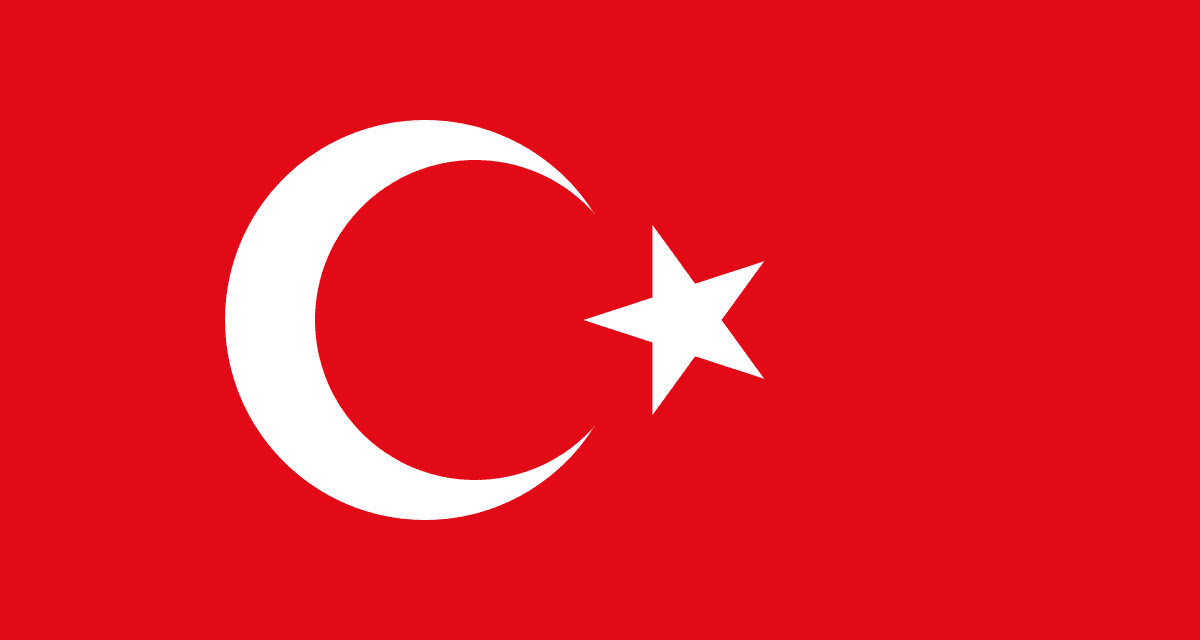By Ihsan Aktas, Daily Sabah
We were in Uzbekistan, the land of our ancestors, to participate in a meeting of the Confederation of Public Servants Trade Union (Memur-Sen). As part of the week-long trip, we visited Samarkand, Bukhara, Tashkent, and Khiva, the ancient cities of the Turkic peoples. We contributed to the meeting with a speech entitled “Changing Demography, Changing Politics: Turkic Politics and the New Turkey.”
Meanwhile, we observed that the Memur-Sen made great progress as a trade union, which attempts to congregate all other trade unions in Muslim countries and leads significant initiatives in its field from Latin America to Africa.
Therefore, the ongoing progress of the Memur-Sen perfectly reflects the vision of the new Turkey.
The aforementioned Turkic cities have become prominent in terms of Islam as well. Baha-ud-Din Naqshband Bukhari, the founder of the Naqshbandi order that constitutes one of the major elements of our communal life in Turkey, had lived in these lands. Therefore, his followers from all corners of the world show close interest in the ancient cities of the Turkic peoples. In a similar vein, Abu Mansur al-Maturidi, one of the two imams of the followers of Sunnah, and Imam al-Bukhari, the great hadith scholar and the writer of one of the most invaluable works in the Islamic civilization, i.e. Sahih al-Bukhari, had lived in these lands.
As it is well known, after Timur defeated and captured Bayezid I in the Battle of Ankara, he took the
great astronomer and mathematician Qadi Zada al-Rumi to his lands. There, al-Rumi taught astronomy to Ulugh Beg, who established an observatory that is now open to visit as a museum. His greatest astronomical work, i.e. Zij-i Sultani, was brought to Istanbul by one of his disciples, Ali Qushji. Summoned by Mehmed the Conqueror, the great astronomer and mathematician Ali Qushji founded the famous Sahn-ı Seman Medrese in Istanbul where he had trained innumerous well-known scholars and scientists.
Known as Ma wara an-Nahr in Arabic, Transoxiana constitutes the large and fertile region between the Amu Darya and Syr Darya rivers and corresponds approximately with modern-day Uzbekistan, Tajikistan, southern Kyrgyzstan, and southwest Kazakhstan. During the Abbasid period in the second century of Islam, the rich and cosmopolitan region had become the center of Islamic science and culture that led to the emergence of many famous Islamic scholars and scientists. Indeed, the region hosted numerous madrasahs, and thus substantially contributed to the development of Islamic civilization.
Yet, the precious legacy of such a wealthy civilization faced extinction due to the Mongol occupations in the Middle Ages and the Soviet repression in the modern era. After the fall of the Soviet Union, the newly-independent countries have strived to be reborn from the ashes.
The former President Turgut Özal had frequently used the concept “the Turkic age” by referring to the rejuvenation of the Turkic peoples and occasionally met with the leaders of the Turkic Republics. He posed Turkey as a role model for their transition to democracy and their opening to the global world order. In the post-Özal Turkey however, such a historical vision faded out as the new President Süleyman Demirel preferred to develop bilateral relations with the Turkic states.
Uzbekistan constitutes the center of the region. Therefore, the ongoing rapprochement between Uzbekistan and Turkey undoubtedly contributes to the revitalization of our common historical legacy. In this respect, adopting Özal’s vision will create a new enthusiasm and energy among the Turkic peoples.



















